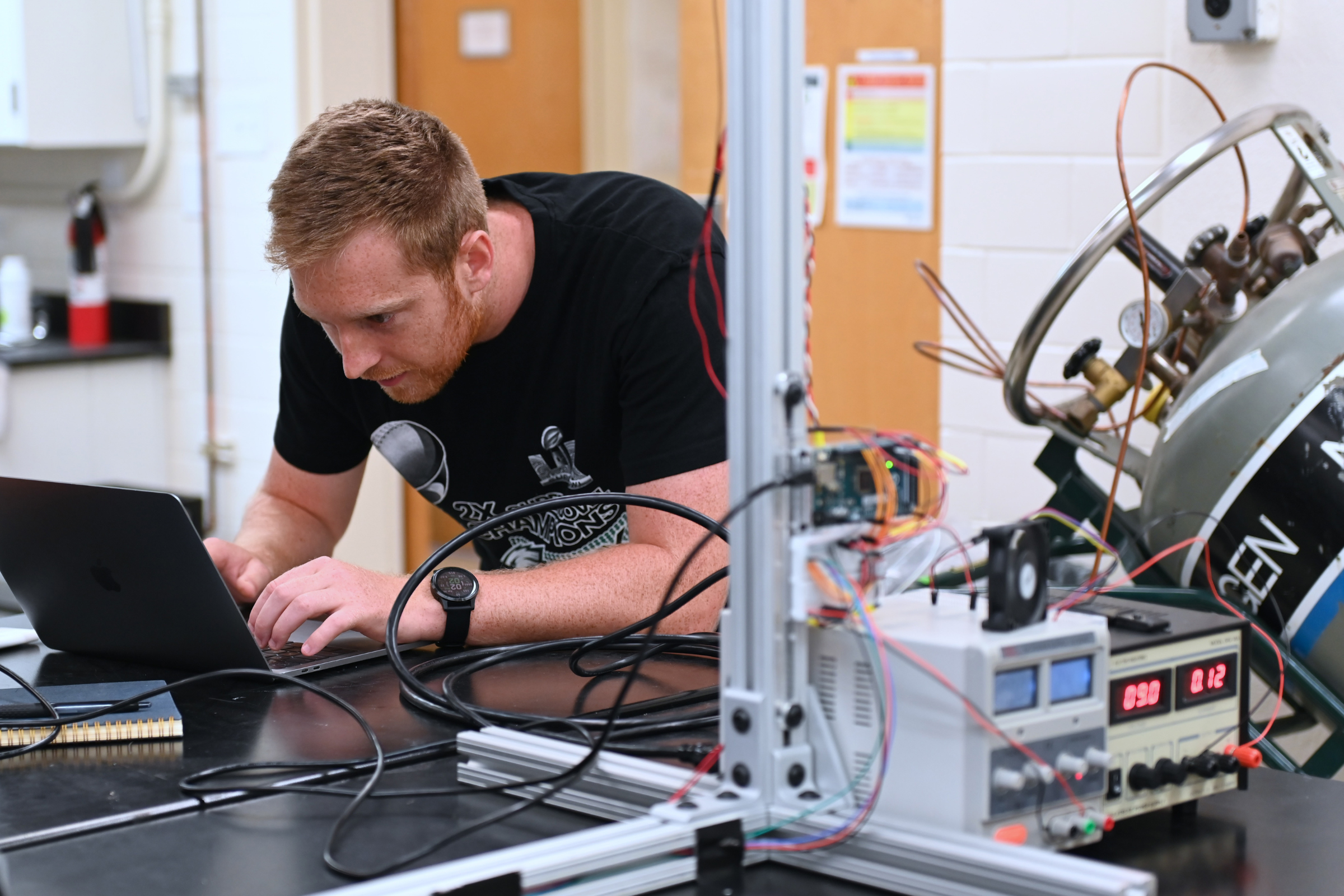UT News
Governor Abbott Announces Texas Semiconductor Innovation Fund Grant To Texas Quantum Institute
The announcement notes: “UT Austin is where world-changing discoveries in quantum research and development are being made.”
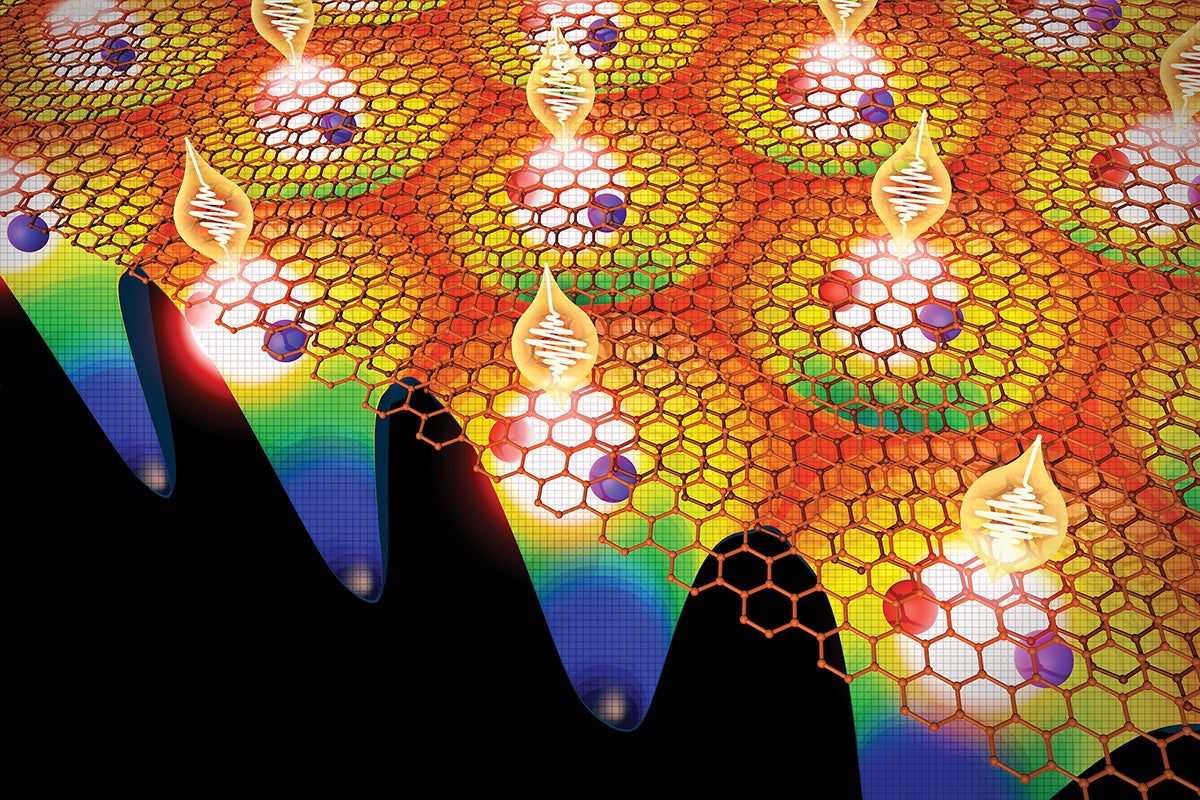
Experiment Sets Tightest Limits Yet on Proposed Dark Matter Particles
UT physicists involved with LUX-ZEPLIN helped analyze the largest dataset ever collected by a dark matter detector.
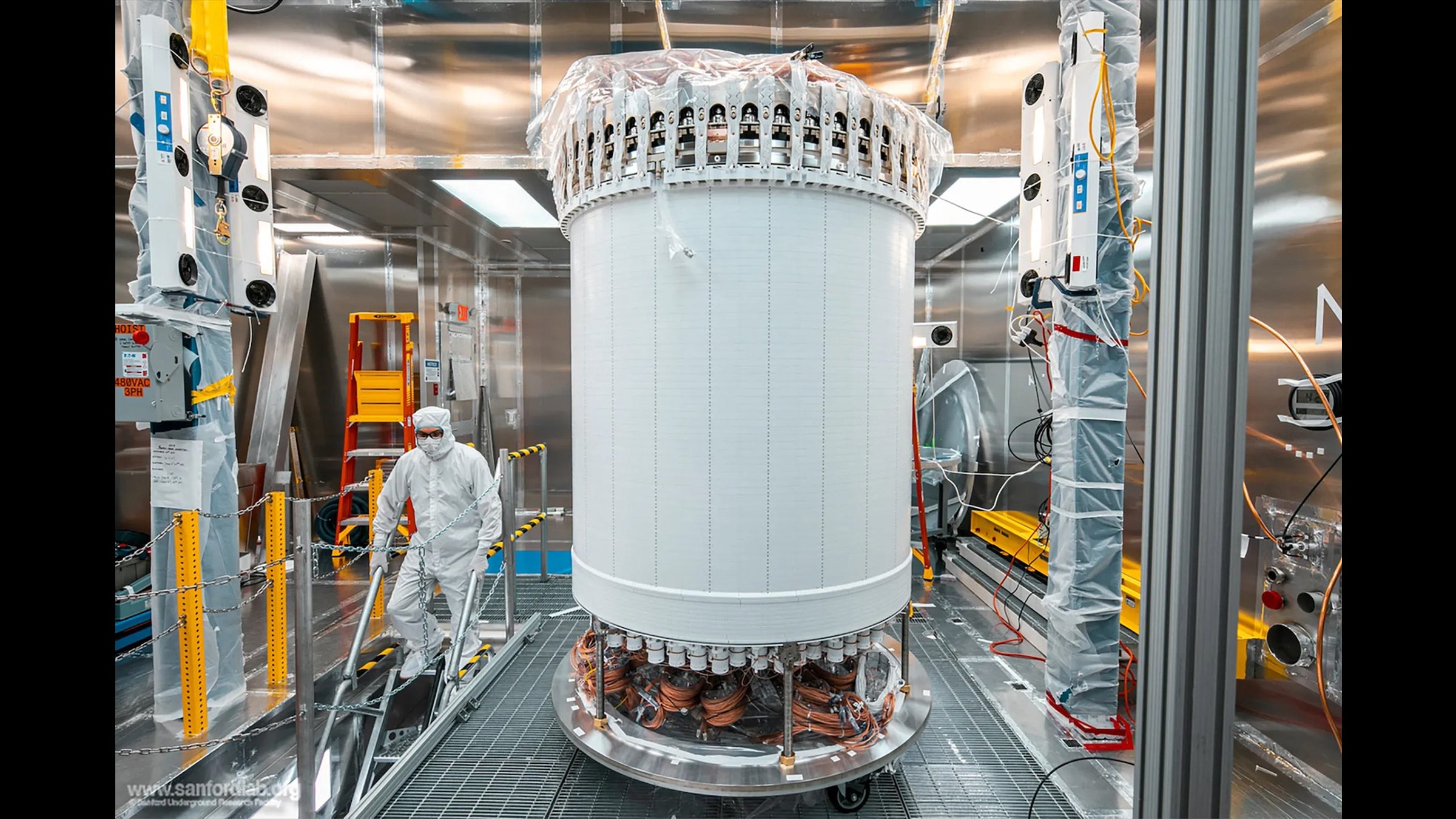
5 Questions for Vernita Gordon
The winner of a Regents’ Outstanding Teaching Award highlights classroom approaches linked to lasting impact.

“Rival” Neutrino Experiments NOvA and T2K Publish First Joint Analysis
The results add to physicists’ understanding of neutrinos and validate collaboration between major experiments.
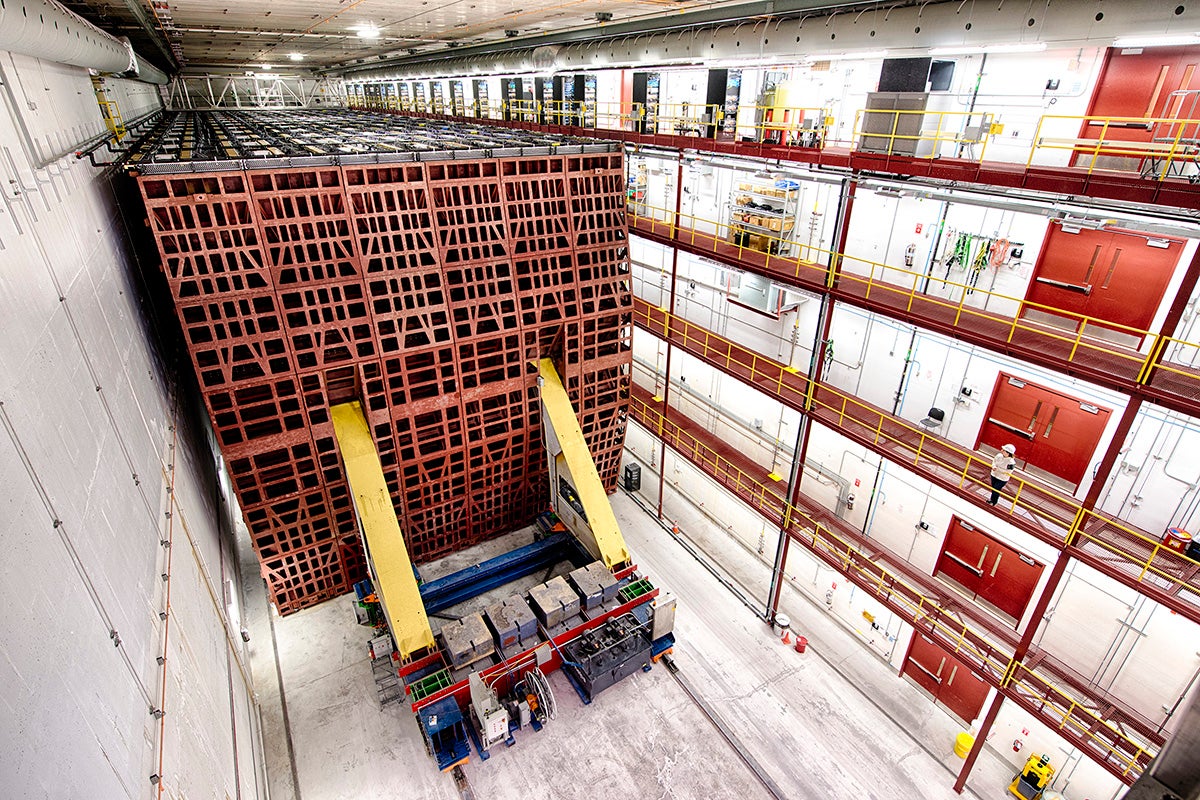
More Dark Star Candidates Found in JWST Data
A growing list of dark star candidates could help explain why some early galaxies were so big, so early in the universe.
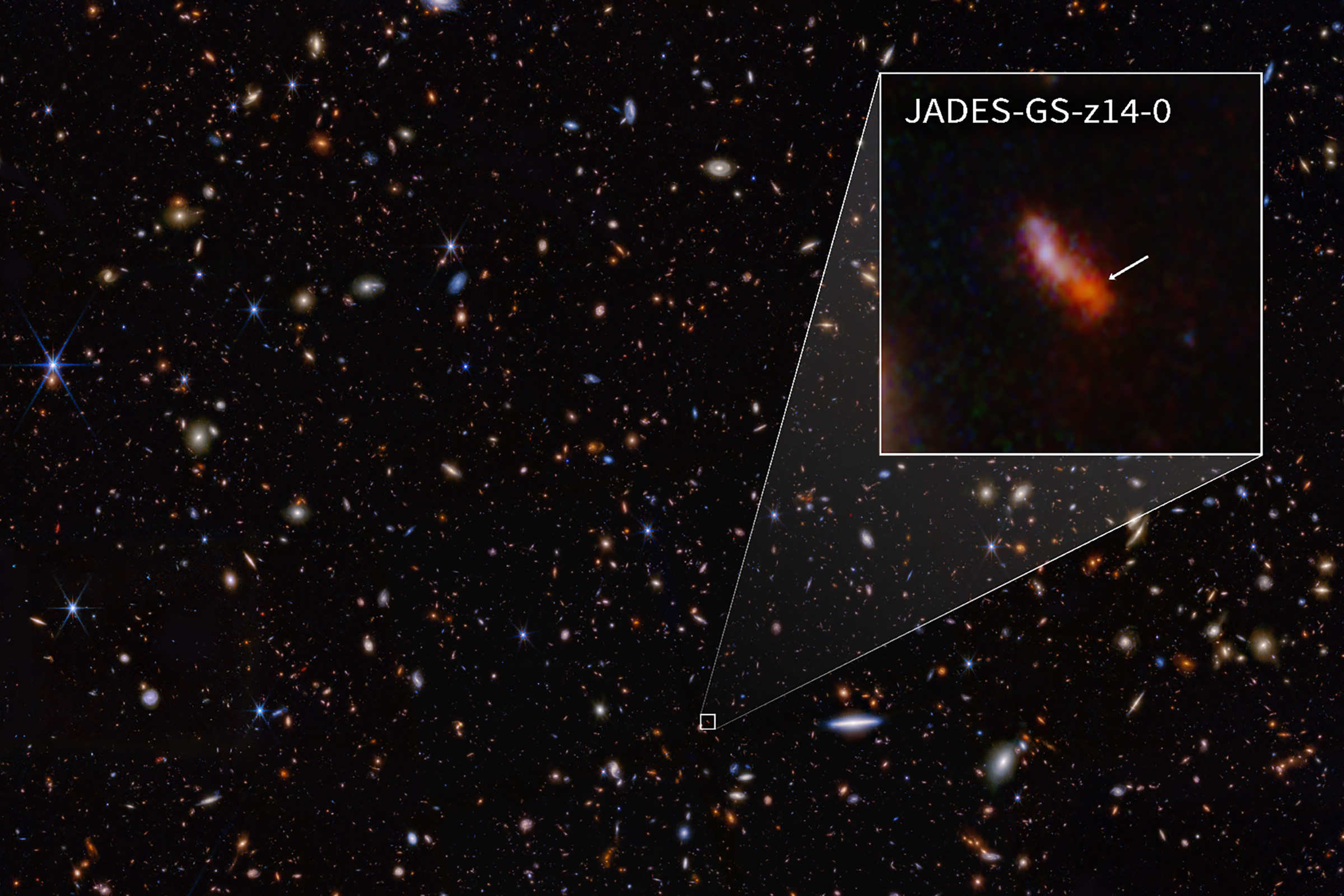
Texas Quantum Institute
Quantum Leap for STEM Graduate Training at UT
A new initiative will prepare graduate students in the rapidly evolving field of quantum science and technology.

Stephen Hawking Was Right: Black Holes Always Grow in Area
Researchers celebrate 10th anniversary of gravitational wave discovery, announce verification of a Hawking theorem.

Three College of Natural Sciences Faculty Win NSF CAREER Awards
The award, recognizing early-career faculty, will support research in computer science and physics.

UT Scientists Spied a Skyrmion. What is That?
This, and six other questions about a recent first in physics, answered.
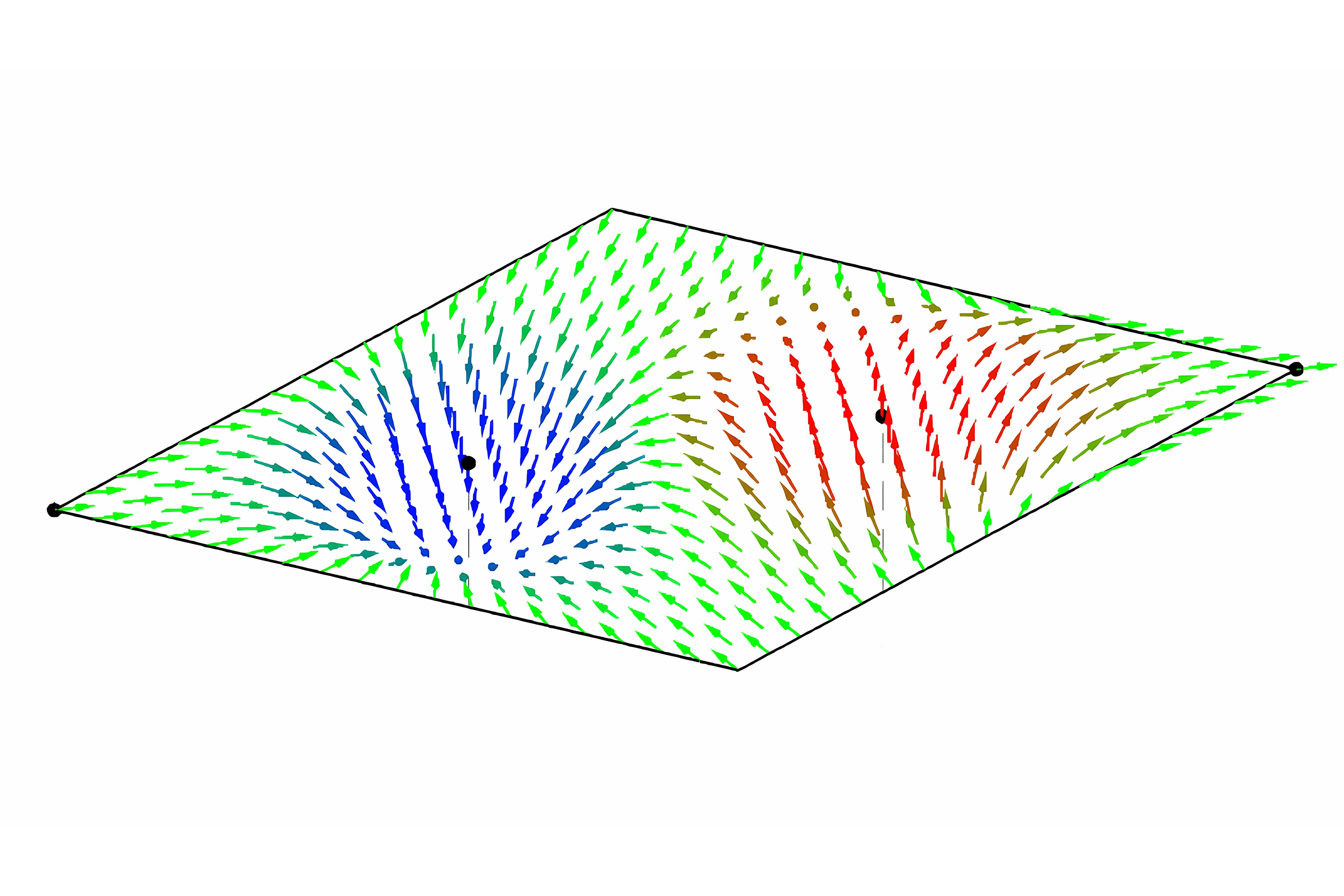
Physicists Reveal Muscles’ Molecular Secret to Balancing Strength and Stamina
The findings could have implications for robotics, prosthetics and energy efficient machines.
